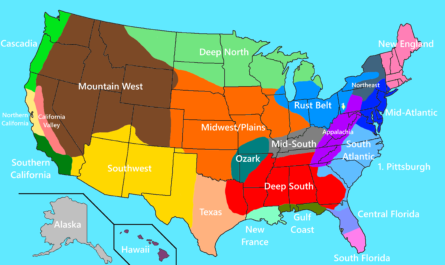A recent study led by a team of scientists from QIMR Berghofer and other international institutions has shed light on the genetic factors influencing the likelihood of certain mothers to conceive non-identical twins. Published in Human Reproduction, the research has pinpointed seven key genes that play a crucial role in determining a woman’s predisposition to giving birth to spontaneous dizygotic (DZ) twins, commonly known as non-identical twins.
Non-identical twins occur when a woman releases two eggs during ovulation, and each is fertilized by a separate sperm, resulting in the development of two distinct zygotes. This unique phenomenon leads to the birth of DZ twins who, despite sharing the same gestational period, are essentially like ordinary siblings.
The study’s findings suggest that a simple genetic test based on saliva samples may provide insights into a woman’s likelihood of conceiving twins. The same test could also have implications for assessing female fertility and potentially predict fertility-related challenges.
Professor Nick Martin, the lead author of the study, emphasized the importance of participation from mothers of non-identical twins in the ongoing Genetics of Dizygotic Twinning study. By analyzing DNA samples from thousands of mothers of DZ twins, the research team identified common genetic traits that contribute to the occurrence of non-identical twins.
Utilizing cutting-edge gene chip technology, the researchers compared genetic data from multiple studies involving participants from various countries. By examining gene variants spread across the human chromosomes, the study identified five genes associated with female reproduction processes, particularly those affecting the follicle stimulating hormone (FSH) pathway commonly linked to fertility treatments. Additionally, two previously unidentified genes were found to influence the likelihood of twinning.
Despite the discovery of seven key genes, Professor Martin stressed the need for further research to uncover additional genetic factors influencing the likelihood of having twins. He highlighted the potential of expanding the study to predict which women may have a higher chance of having twins, indicating the complexity of genetic influences on fertility outcomes.
Moreover, the study results hinted at the possibility of using genetic insights to predict ovarian insufficiency, a common cause of female infertility. By elucidating the genetic basis of twinning and infertility, researchers aim to provide valuable information for individuals planning their families and seeking fertility-related guidance.
Mothers of non-identical twins, like Saskia Bollmann, are encouraged to participate in the Genetics of Dizygotic Twinning study to contribute to ongoing research efforts. Saskia, a mother of twins, highlighted the significance of understanding the genetic predisposition to twinning and its implications for fertility-related challenges.
To support the continuous exploration of the genetic underpinnings of non-identical twins, Professor Martin urged mothers of DZ twins to engage in the study by completing a brief questionnaire and providing a saliva sample. Interested participants can register for the study at https://www.qimrberghofer.edu.au/nonidenticaltwinning/ to help advance the understanding of genetic influences on twinning and female fertility.




